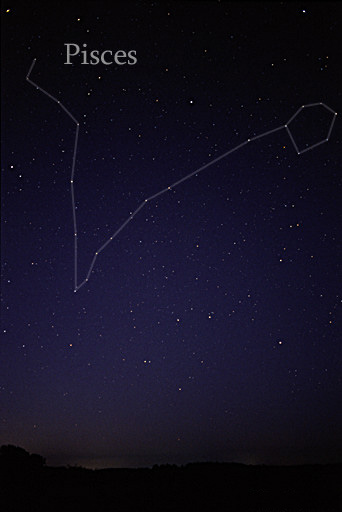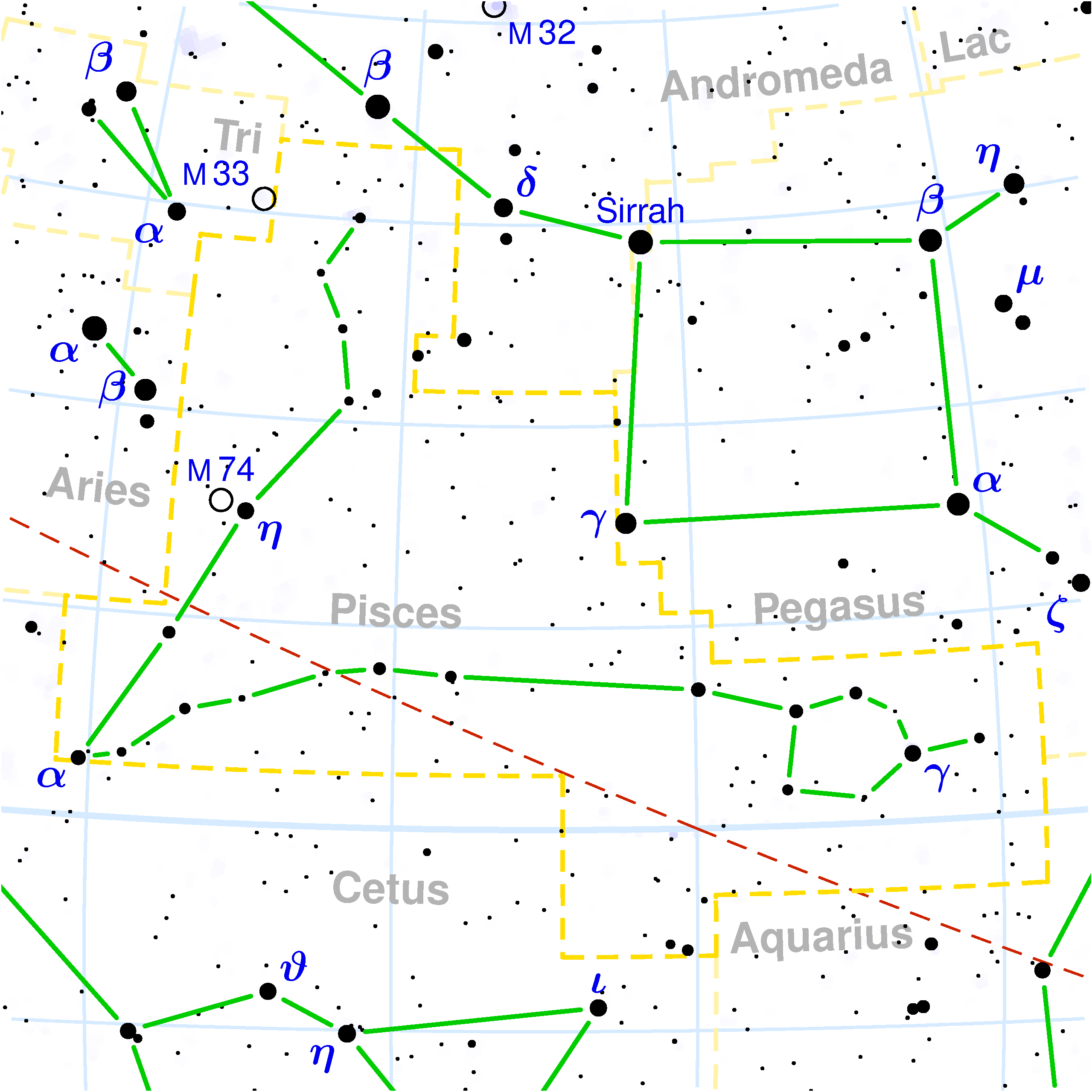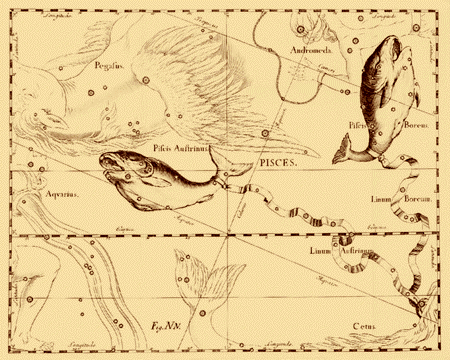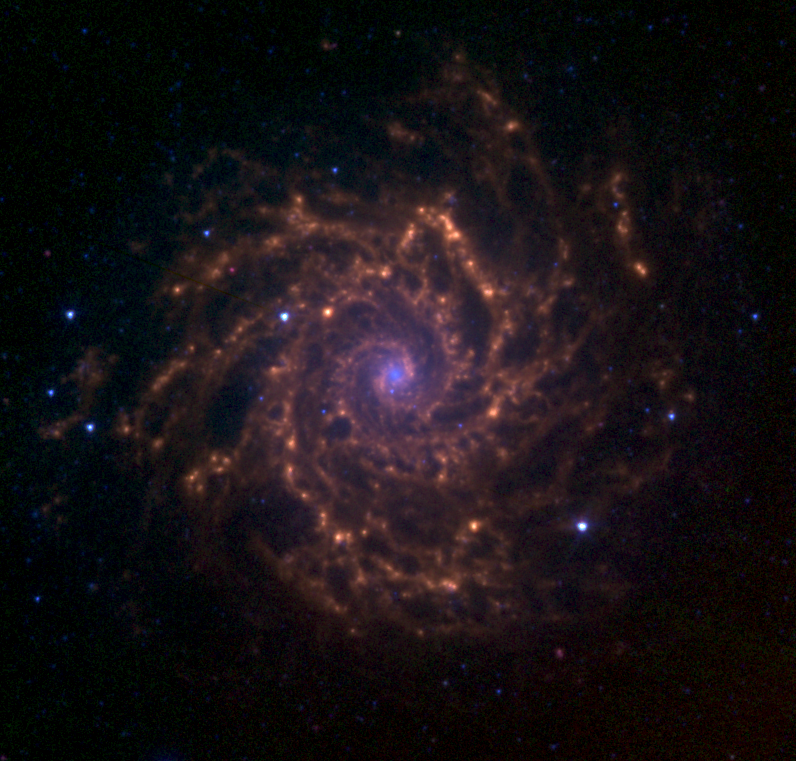PISCES

Till Credner - Own work, Allthesky.com,
CC BY-SA 3.0, wikimedia

CC BY-SA 3.0, wikimedia
Pisces is a dim constellation and is difficult to see in the skies of our cities. The vernal equinox is currently located in the constellation, that is the point where the ecliptic and the celestial equator intersect marking the beginning of the astronomic spring which was once located in the constellation Aries but due to precession of the Earth’s axis has drifted.

Johannes Hevelius - Atlas Coelestis. Johannes Hevelius drew the constellation in Uranographia, his celestial catalogue in 1690.
Public domain, wikimedia
Pisces is associated with Aphrodite and Eros who escaped from the monster Typhon by leaping into the sea and transforming themselves into fish. It seems that the myth originated in Sumeria where the fish in the constellation were tied together with two little ropes. In fact, if one looks closely in very dark skies, one can see two small circles of stars joined together by two frail chains of stars.
Kullat Nunu is the brightest star in the constellation. It is a yellow giant which is a little less than 300 light-years from the Solar System.

No author leggible automatically. Med presumed (according to copyright).
No automatically legible source. Presumed own work (according to copyright).
CC BY 2.5,wikimedia
The only deep sky object worth mentioning is the spiral galaxy of M74. It is 20% smaller than our Milky Way and is found a little less than 35 million light-years from us. It can be seen with the aid of a small telescope.
Southern Hemisphere: the constellation can be seen at the same time of the year as in the Northern hemisphere. At the southern middle latitudes, around November right after sunset, we can find it towards the north, half-way between the horizon and the zenith.